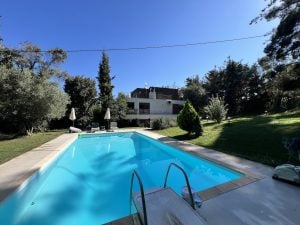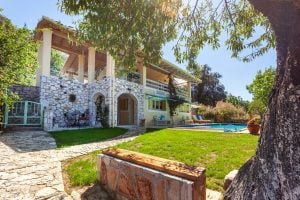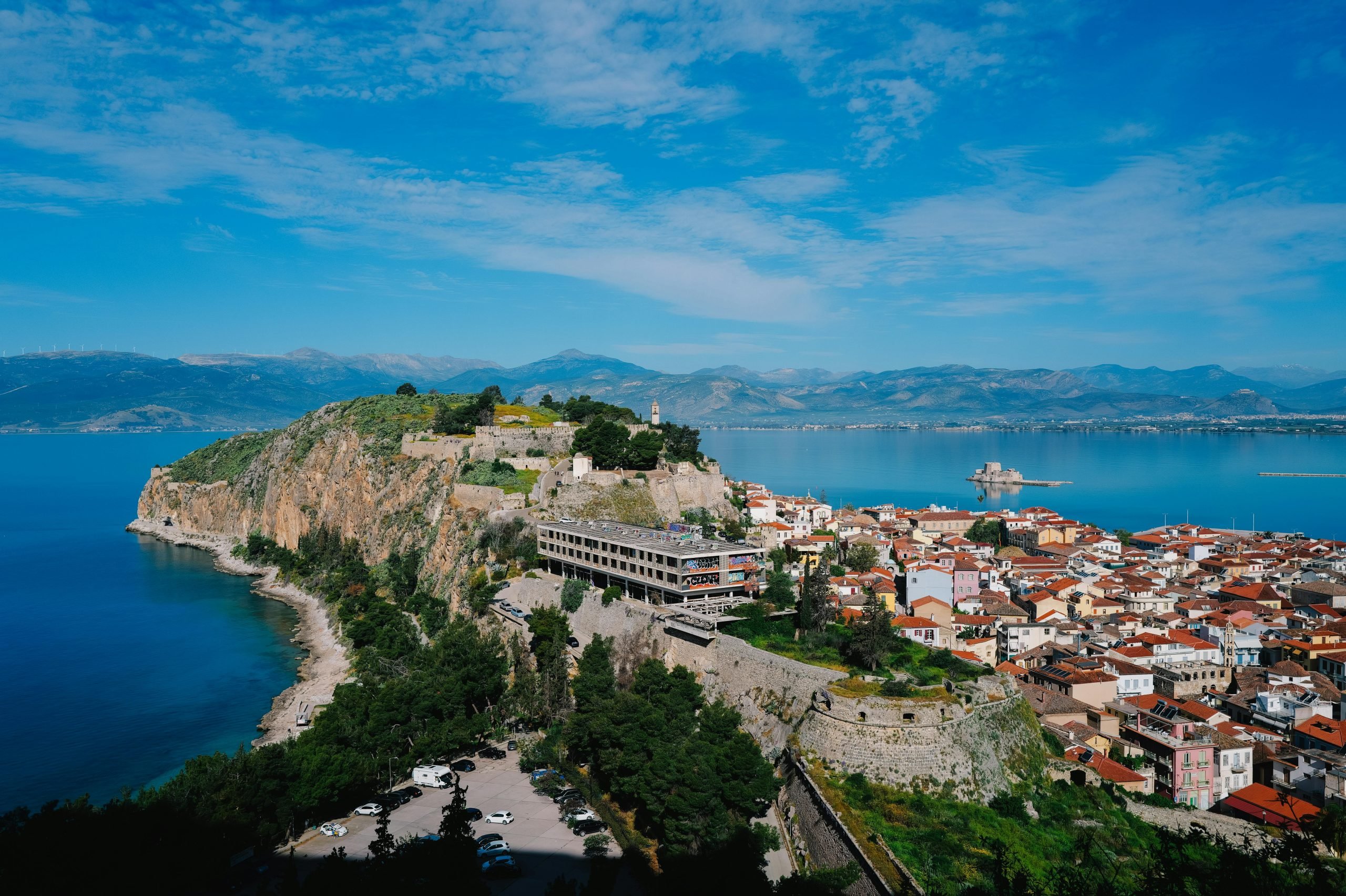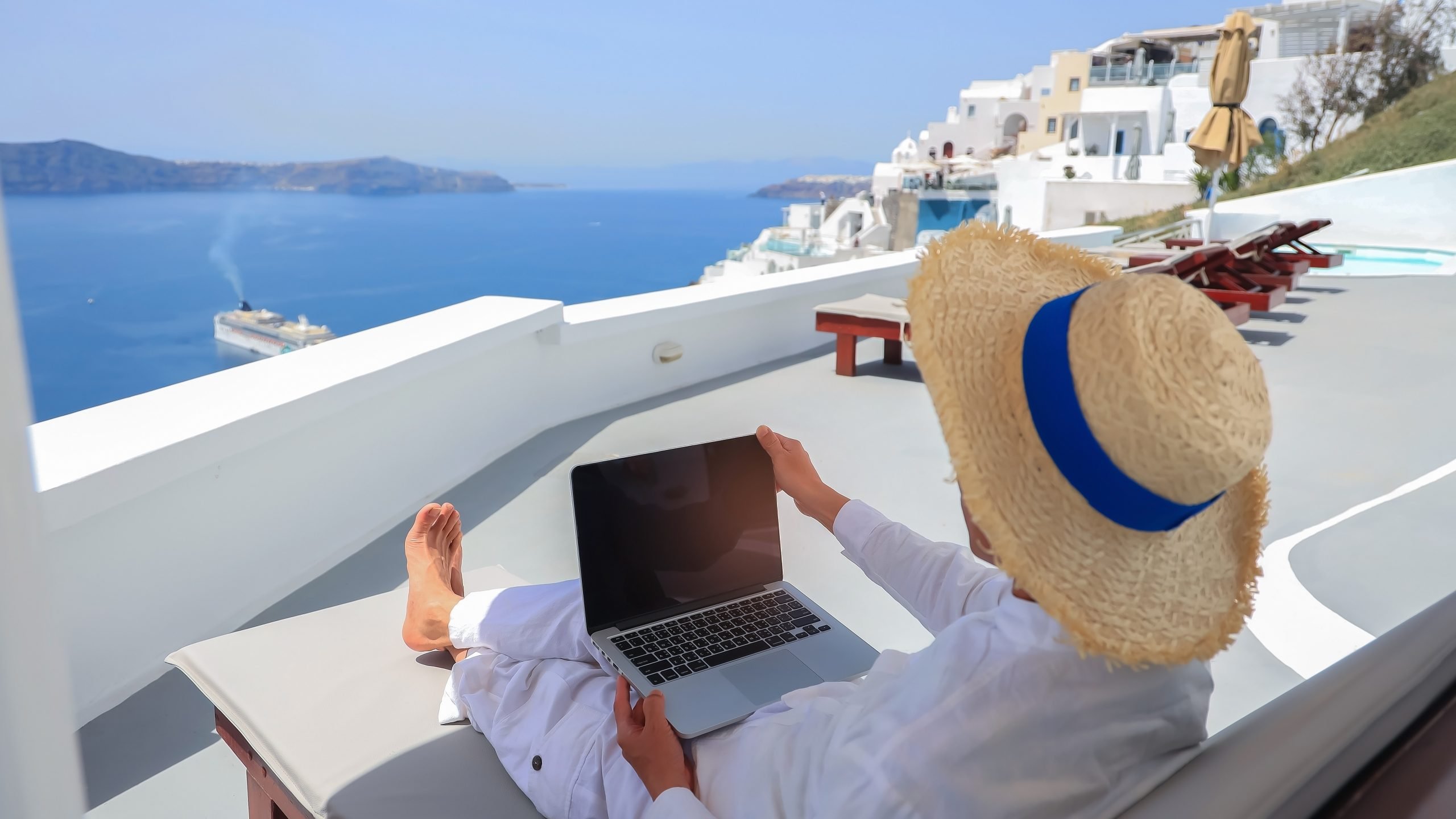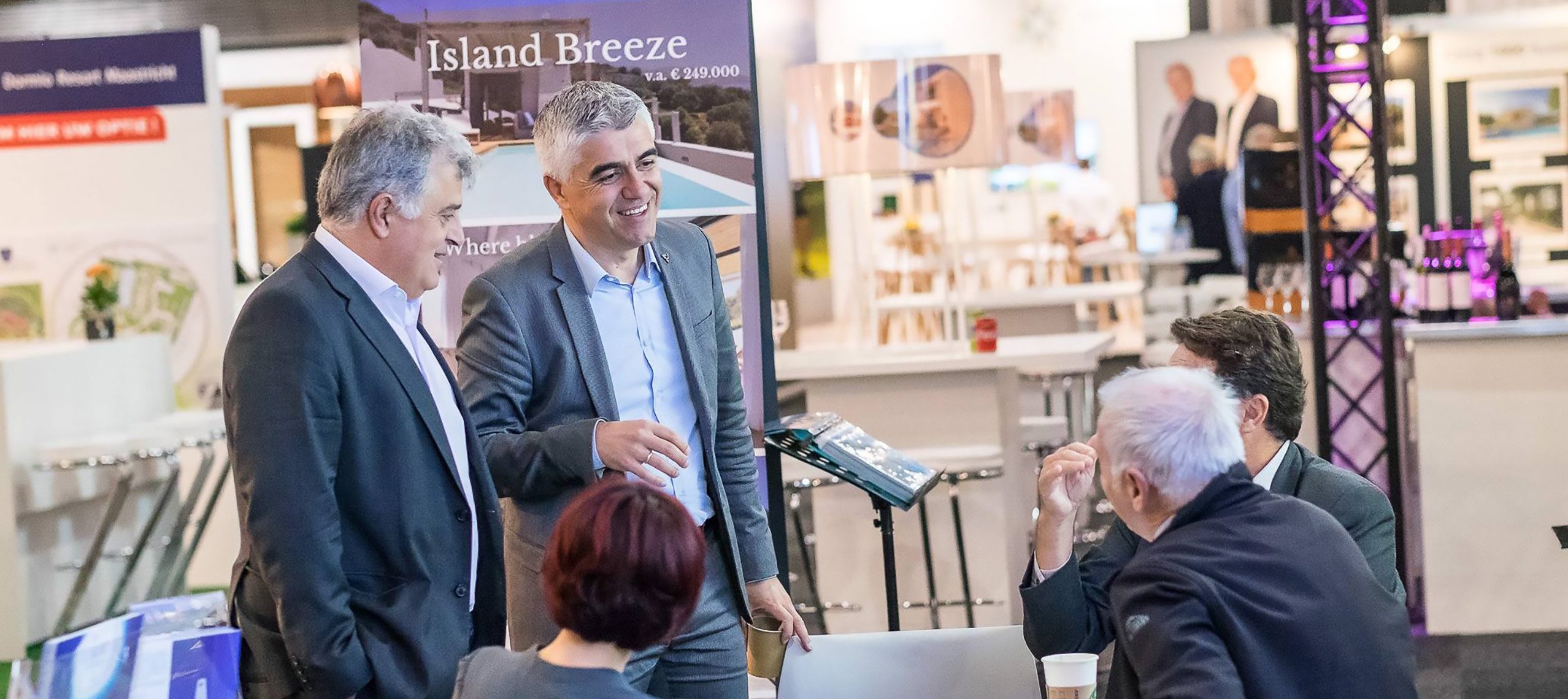The Benaki Museum is one of the most popular museums in Athens and is ideal for visitors who want an overview of Greek culture in just a few hours. It has enough depth to also be interesting to a connoisseur who already is familiar with Greece’s art and history.
Benaki Museum of Greek Culture
The most popular building to visit is the Benaki Museum of Greek Culture, found near the Hellenic Parliament. It houses the permanent collections: Prehistoric, Roman, and Ancient Greek art. There are 33,000 items in the museum, which show the Greek state from antiquity until the creation of the modern Greek state and to the Asia Minor catastrophe in 1922.
The benefactor of the museum, Antonis Benakis, was a wealthy cotton trader and donated his mansion for the collection to be shown. It is a gorgeous neoclassical building and was one of the only ones that survived the post-war destruction in Athens.

Antonis Benakis
It is certain that Antonis Benakis, the founder of the Benaki Museum, was also influenced by the example of his father Emmanuel Benakis (1843-1929). A close friend and colleague of the great statesman Eleftherios Venizelos (1864-1936), Emmanuel Benakis placed his fortune at the disposal of numerous charitable foundations and likewise contributed to the settlement of refugees in the aftermath of the catastrophe in Asia Minor.

Benaki Toy Museum
The Benaki Museum is not just found in 1 building, but in 10 separate venues. In Athens, the venues are spread all over the city as far south as Pireaus. A crowd favorite is the Toy Museum, which has a permanent exhibit called “Childhood, Toys, and Games”. It features toys from antiquity until modern times, both in Greece and from Africa and the East.
The majority of toys are from country festivals, 20th century commercial products, team sports, board games, and seasonal games. The European segment of the exhibit has dolls from the 17th to the 20th century, many of them from France and Germany.

Benaki Museum / Pireos 138
Pireos 138 is a venue for contemporary art, photography, design, and fashion exhibitions. It has the largest shop of contemporary Greek design in Athens. The building is located on the site of a former car repair shop, so it is symbolic of the changing face of Athens. When you visit, you must see the Modern Greek Architecture collection, which follows the story of Athens’s building design.

The Ghika Gallery
Nikos Hadjikyriakos-Ghika is one of the most important Greek painters from the 20th century. The Ghika Gallery shows his works from 1930 to 1990. The modernist building used for the exhibition was designed by the famous architect Konstantinos Kitsikis, who rebuilt the city of Thessaloniki after the 1917 fire. The gallery started on the 4th floor of the building, but now has expanded to fill the whole building. Ghika’s works are also found in London’s Tate Gallery, Paris’s Musee d’Art Moderne and New York’s Metropolitan Museum of Art.

The Yannis Pappas Studio
The Yannis Pappas Studio is in the Zographou district, and is located in the building where the famous artist Pappas lived with his family until the 1960s. The property is devoted to both sculpture and painting, and it was donated to the Benaki Museum by his son, Alekos Pappas. The main aim of the donation was that the artist’s works stay together in their natural environment. The workshop is also used for art classes

Benaki Museum of Islamic Art
In the Benaki Museum of Islamic Art, you will walk through a Neoclassical complex from the 20th century in the Kerameikos area of Athens. It is considered one of the most important collections in the world and covers the evolution of Islamic Art in Europe, the Middle East, and North Africa. The coffee shop in the same building is also worth a visit.

The Leigh Fermor House
The Patrick and Joan Leigh Fermor House is one part of the Benaki Museum that is not found in Athens. The former home of this famous author is found in Kardamyli, in the southern part of the Peloponnese. In 1996, they donated their home to the Benaki Museum. You can stay in their house at certain times of the year, and other areas of the house are used for educational activities and are open for the public to visit.





